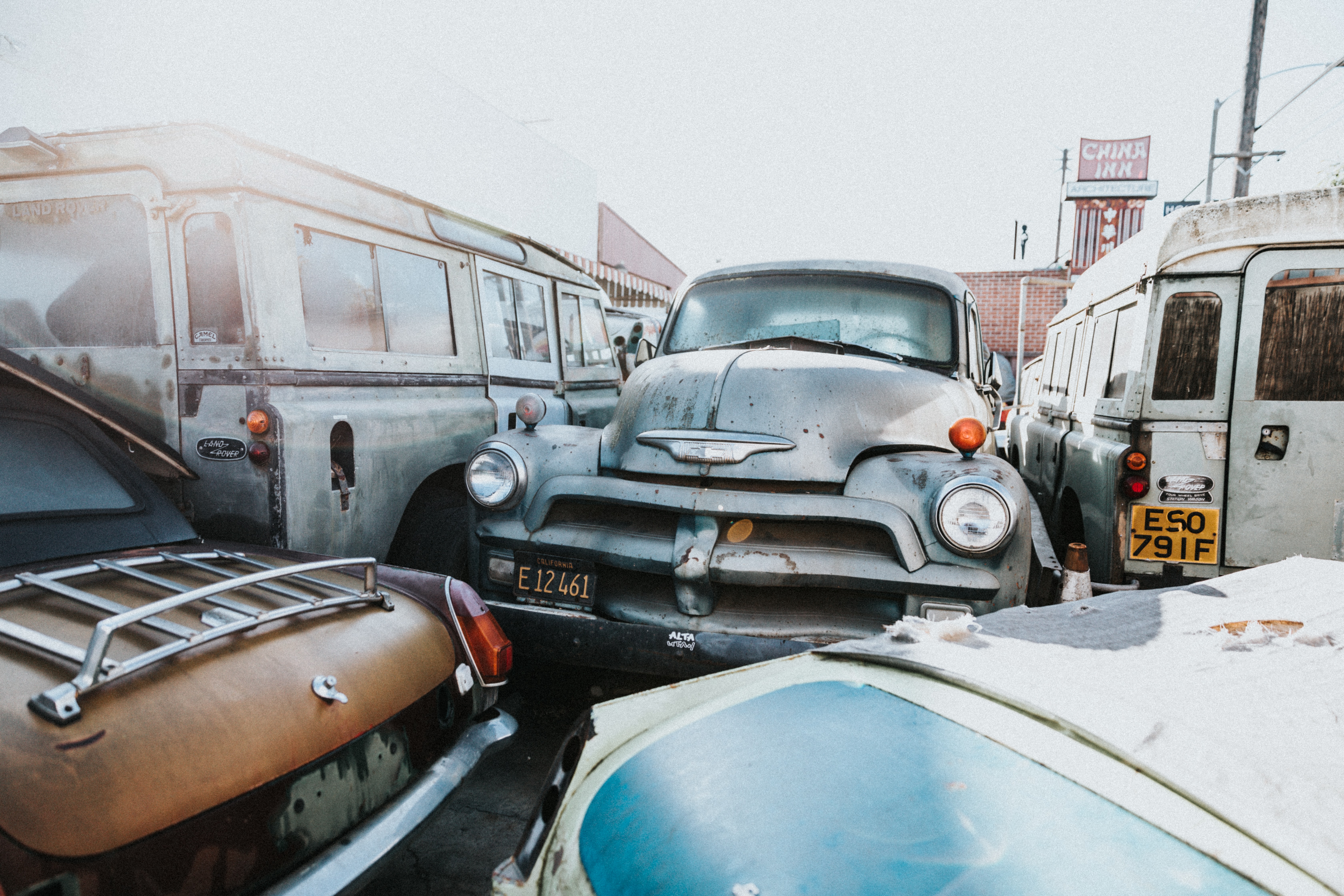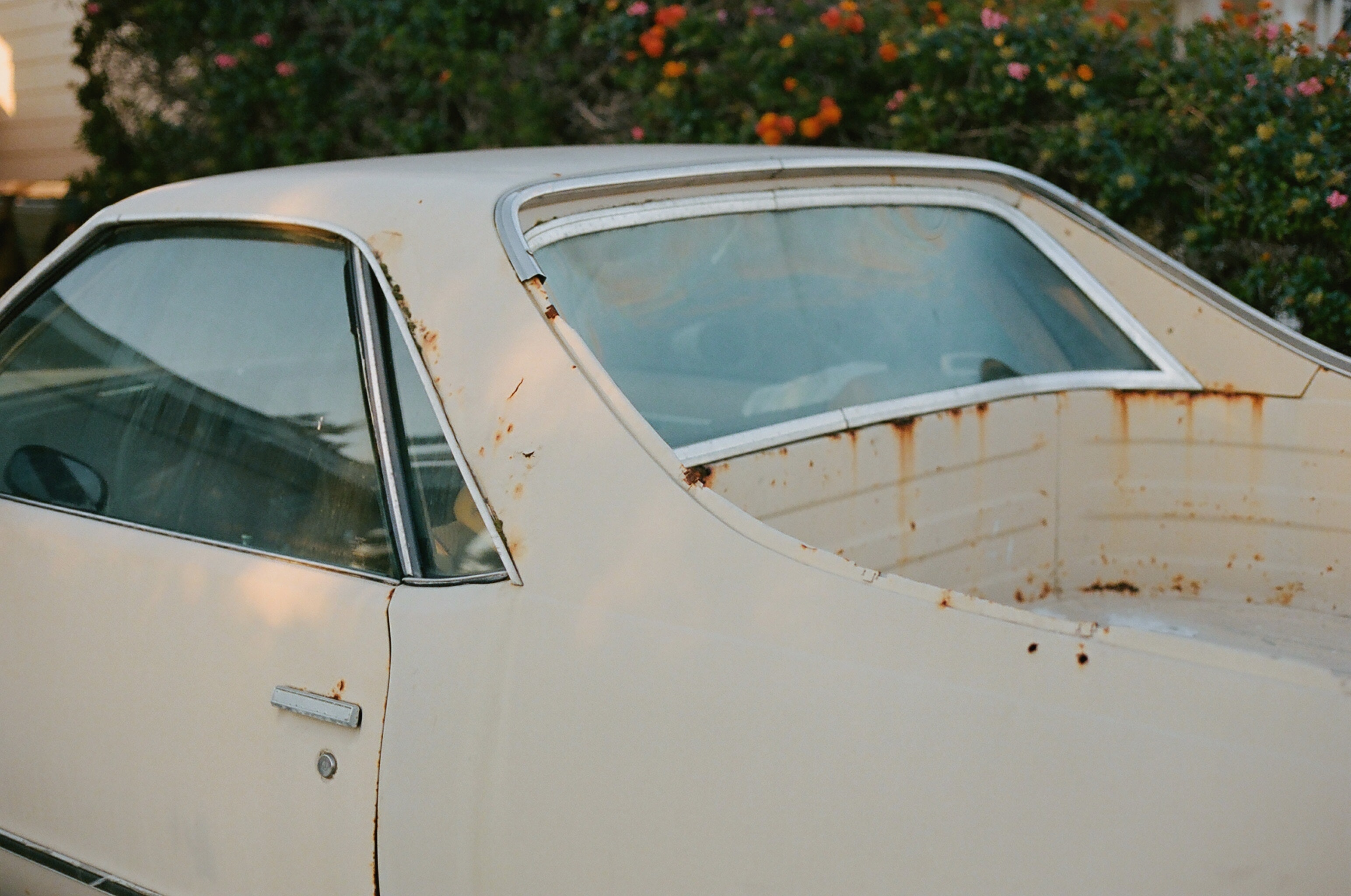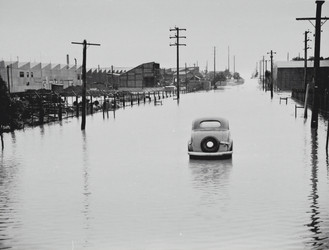What to Look for When Buying a Classic Car
Posted by Collectors Auto Supply on Sep 22nd 2020
Buying a classic car is an exciting prospect. Your reasons for wanting a vintage automobile may vary. Maybe it’s the fun of restoring something to mint condition, nostalgia over a vehicle you drove or wanted in your youth, or as a show car or investment. Regardless of why you want to buy a classic car, you probably want to make an informed decision on a car that fits your needs. Don’t let the thrill of the chase distract you from carefully considering all of your options.
Why Are You Buying a Classic Car?
This is one of the first questions to ask yourself as it makes a big difference in what you look for. For example, if you want a car that triggers the nostalgia of your youth, but you don’t have extra time or money to spend on restoring it, then you’re likely looking for a turnkey car that is ready to drive almost immediately. It generally goes without saying that this type of car is usually more expensive and harder to find that cars that require restoration work. One important thing to note is that classic cars don’t usually make good investments. They will generally appreciate in value once they’ve been restored, but it’s unlikely you’ll make a steep profit on one in the future. The market value for classic cars is also notoriously volatile.
What Kind of Classic Car Do You Want?
As with any car purchase, you need to narrow down what kind of car you want and how much you can afford to pay. Ask yourself the following questions to start:
- Will it be a daily driver or just a weekend driver?
- Are you planning to show it?
- Will it mostly sit in your garage and only be driven occasionally?
- Are vintage auto parts readily available for it?

If you plan to buy a car that needs a full restoration, it’s important to make sure you include automobile restoration supplies and antique car restoration parts in your budget. A full restoration can get expensive fast if you don’t plan for it. You may also want to check on how easy it is to find the parts for your chosen vehicle. Some classic car auto parts are much harder to find than others.
Where To Look For Classic Cars
Auctions, dealers, car shows, and classified ads are the main places to look for a classic car. All of these places have some pros and cons. For example, auctions tend to sell rare and unique vehicles, and you can access them through the internet. They often have a large number of cars as well, which means you might score a really good deal if no one is bidding on the car you want. On the con side, you don’t have many options for inspecting your new car, and the auction might tack on around 25 percent in fees as the middle man.
Dealers have a similar addition in fees, which means higher prices. But the positive here is that they typically inspect their cars before selling. Classified ads can be a good place to find vintage cars, but they can easily be misrepresented, and you can waste a lot of time looking at not-so-great cars.
One of the best ways to find a classic car for sale is to attend car shows. Participants in shows are sometimes selling their cars at the same time. You then get the opportunity to see the car right away. The main downside is there might be a lot of other people looking for cars at a car show.
How To Inspect a Classic Car
Once you find a car, the next step is to inspect it. It’s really not a great idea to buy one sight unseen unless your intent is a full restoration no matter what. Let’s take a look at some things to inspect when you look at a classic car.
Title - check to make sure the title is clean and not branded, and also that it’s registered to the seller. It’s a long and expensive process to research a previous owner and apply for a new title.
VIN - make sure the VIN on the car matches the VIN on the title. If the VIN doesn’t match, it’s possible that the car was stolen or in a major accident. The title may also be fraudulent.
Interior and Exterior - try to look at both in good natural daylight. It’s best for both to be as original as possible. If you’re not sure what to look for, check the serial numbers and body codes for your chosen car to see what it came with from the factory. For the exterior on vintage autos, some buyers like to bring magnets to use on the body and frame. Most old vehicles were made largely with steel and not the fiberglass and plastic materials you see today. A magnet might show you where the car has had major repairs done without original materials.
Rust Damage - one of the biggest problems with project cars is rust. A little surface rust is fine, but if you see entire sections covered in rust or rusted parts that have been painted over, it’s probably best to skip it.
Test Drive - if the car is drivable and street-legal, it’s a good idea to take it for a test drive to see if it has any serious mechanical issues.
After you buy your classic car, be sure to check out Collector’s Auto Supply for a wide selection of classic car restoration parts and supplies. Navigate our user-friendly website to quickly find the parts you need for your project vehicle.


